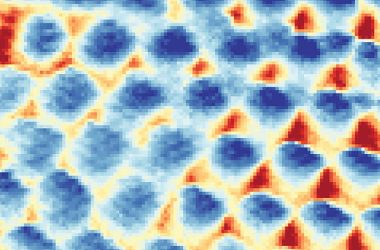A previously undiscovered corridor within the Great Pyramid of Giza in Egypt has recently been mapped with great precision. In addition, researchers have used an endoscopic camera to explore its interior. The corridor was originally discovered in 2016, but due to concerns about preserving the monument, researchers refrained from accessing it. Built over 4500 years ago, the Great Pyramid of Giza is the sole remaining ancient wonder of the world and was the tallest human-made structure for centuries.
Mapping with Cosmic Rays
By applying a technique known as cosmic-ray muon radiography, a team of international researchers, in collaboration with Nagoya University in Japan, successfully confirmed the corridor’s dimensions. The radiography involves tracking muons, which are natural particles resulting from cosmic rays, as they pass through the pyramid. Muons are partially absorbed by the pyramid’s stone, allowing researchers to identify internal cavities of the structure. Notably, this technique has been utilized to map the internal structures of pyramids since 1971.
Exploring the Corridor
With the detailed map of the corridor in hand, researchers seized the opportunity to explore further. The corridor was found to be remarkably close to the surface, making it accessible for an endoscopic examination. Utilizing a small camera commonly used in medical procedures, the team was able to capture the first glimpse of the corridor in thousands of years. The discovery of the corridor left the researchers with a mix of emotions, as they were struck by the uniqueness and historical significance of the moment. However, they were also relieved to find the cavity empty, as it meant they did not have to disturb any tombs within the pyramid.
Conclusion
The application of cosmic-ray muon radiography has provided invaluable insights into the hidden structures of the Great Pyramid of Giza. This non-invasive technique has allowed researchers to accurately map and explore the previously unknown corridor. The successful visualization of the corridor using an endoscopic camera has further enhanced our understanding of this ancient wonder. As technology continues to advance, it is expected that more secrets of the pyramid will be unveiled, offering new perspectives on Egypt’s rich history.








